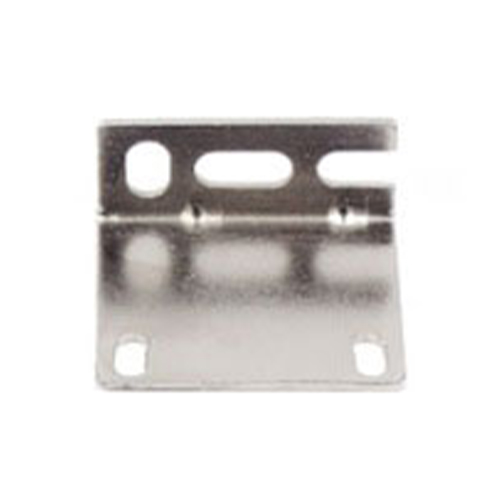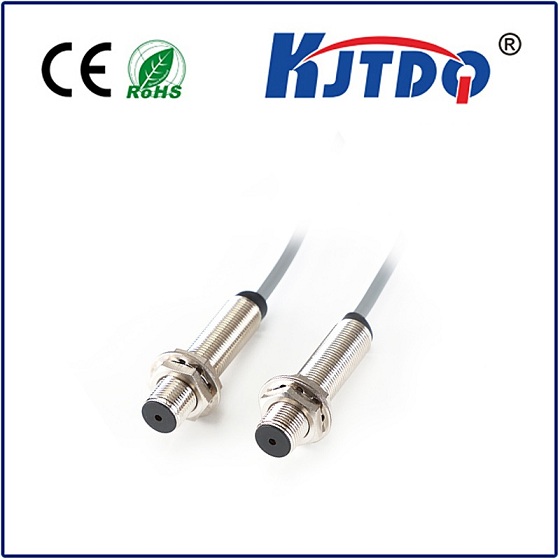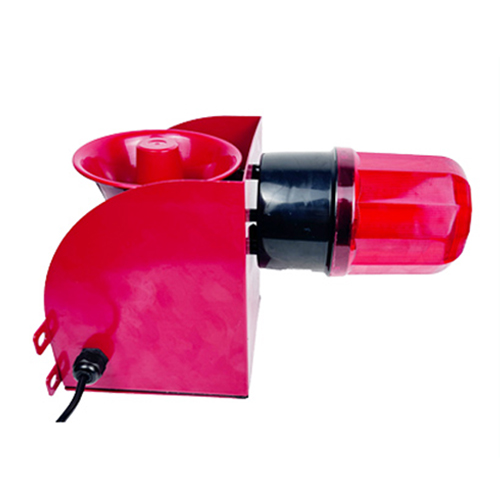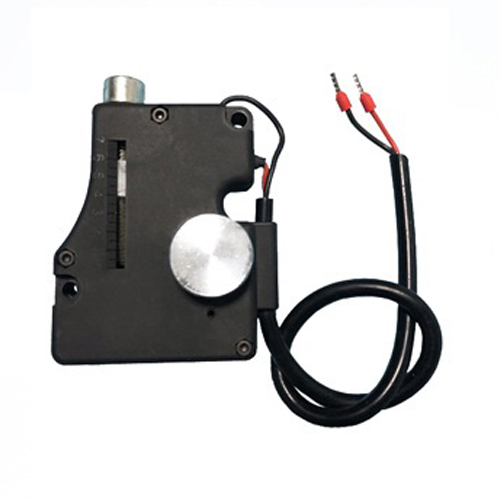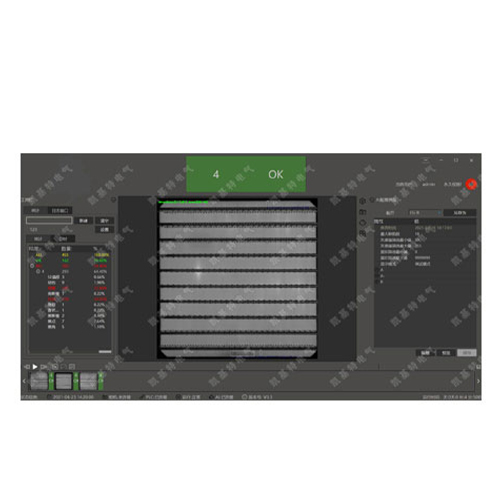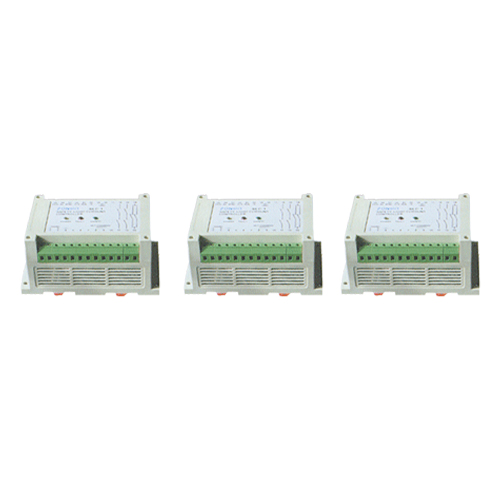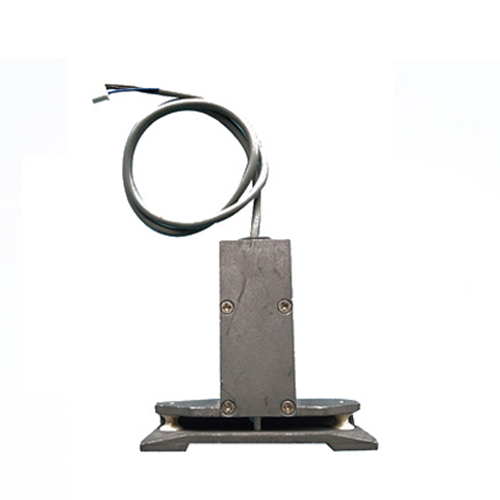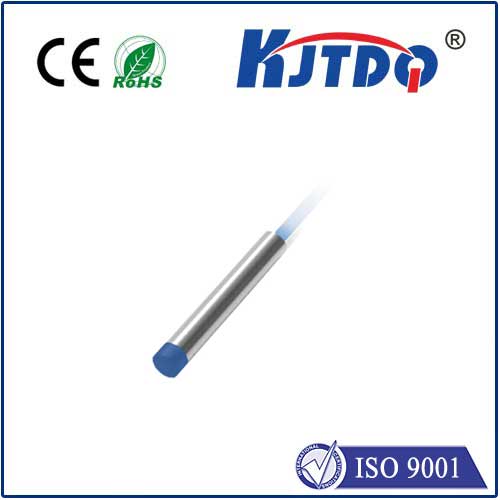diffuse reflective photoelectric sensor
- time:2025-09-10 20:11:49
- Click:0
Diffuse Reflective Photoelectric Sensors: The Compact Object Detection Solution
Imagine a manufacturing line where packages zip by in rapid succession. A sensor needs to reliably detect each one, regardless of color, texture, or slight variations in height. It must be easy to install, require minimal maintenance, and work flawlessly within the confined space of the machinery. This common industrial challenge often finds its hero in a remarkably simple yet effective device: the diffuse reflective photoelectric sensor.
Sometimes called “proximity mode” sensors, diffuse reflective photoelectric sensors stand out as a fundamental and widely used category in the vast world of industrial automation. They offer a compelling combination of simplicity, compactness, and reliability for countless object detection tasks. But how exactly do they achieve this, and why are they so popular? Let’s delve into the core principles and practical applications of this indispensable sensing technology.
The Core Operating Principle: Light Bounce-Back
Unlike through-beam sensors that require a separate emitter and receiver unit, or retro-reflective sensors needing a dedicated reflector, the diffuse reflective sensor combines both emitter and receiver into a single, compact housing. The brilliance lies in its self-contained nature and reliance on the target itself.

Here’s the essence of its operation:
- Emission: An internal light source, typically a Light Emitting Diode (LED) emitting infrared (IR), red visible light, or sometimes laser light, projects a beam towards the potential detection zone.
- Diffuse Reflection: When an object enters this zone, the light beam strikes its surface. Crucially, most real-world surfaces are not perfect mirrors; they are diffuse reflectors. This means they scatter the incident light rays in many directions.
- Reception: A portion of this diffusely scattered light travels back towards the sensor housing. The built-in photoelectric receiver (like a phototransistor or photodiode) captures this returned light energy.
- Signal Processing: The sensor’s internal circuitry evaluates the intensity of the received light signal. When the received light exceeds a preset threshold (indicating an object is present and reflecting sufficient light back), the sensor’s output switch changes state (e.g., turns ON or OFF).
- Output: This output signal is then used by the controlling machinery (like a PLC) to trigger actions such as counting, positioning, sorting, or verifying presence.
Key Advantages Driving Their Popularity
The inherent design of diffuse reflective sensors bestows several significant advantages:
- Single-Point Installation: By far the biggest benefit. Needing only one physical unit for installation drastically simplifies setup, reduces wiring costs and complexity, and minimizes potential alignment issues compared to through-beam or retro-reflective types.
- Compact Size: Integrating emitter and receiver into one housing makes these sensors remarkably small and space-efficient, ideal for applications with limited mounting room.
- Cost-Effectiveness: The simpler design and single-unit requirement typically make them more economical than through-beam or retro-reflective counterparts for suitable applications.
- Target Versatility: They can detect a wide range of opaque objects, regardless of shape, as long as the object reflects sufficient light back to the receiver. This includes various colors (though sensitivity can vary), textures, and materials like plastic, metal, wood, and cardboard.
- Ease of Use: Their straightforward principle makes them easy to understand and configure for a vast array of standard object detection tasks.
Understanding the Crucial Considerations and Limitations
While highly versatile, diffuse reflective sensors are not a universal solution. Their performance is governed by specific factors:
- Sensing Distance: This is arguably the most critical parameter. Diffuse sensors have a defined operating range, typically ranging from a few millimeters up to around 2 meters (though specialized models may exceed this). Crucially, this range is significantly shorter than equivalent through-beam or retro-reflective sensors. The sensing distance depends heavily on the target’s size, color, and surface reflectivity. A large, white, matte object will be detectable at a longer range than a small, black, shiny object.
- Target Reflectivity & Color: Dark, matte, or textured surfaces absorb or scatter light poorly, reflecting minimal light back to the sensor. Conversely, light, smooth, or shiny surfaces reflect more light. Shiny objects can sometimes cause erratic detection if they reflect light away from the sensor like a mirror (specular reflection) instead of diffusely back towards it. Sensitivity adjustments are often essential to optimize performance for different targets.
- Background Suppression (BGS) Technology: Standard diffuse sensors measure the absolute amount of returned light. This makes them susceptible to false triggers caused by highly reflective background surfaces beyond the target. Background Suppression (BGS) diffuse sensors, a sophisticated variant, use triangulation principles to focus detection within a specific distance range, actively ignoring objects or surfaces beyond that set point. This significantly enhances reliability in challenging environments.
- Environmental Factors: Like most optical sensors, performance can be affected by heavy dust, steam, fog, or intense ambient light, which can scatter or overwhelm the emitted beam.
Where Diffuse Reflective Sensors Shine: Typical Applications
Thanks to their simplicity and compactness, diffuse sensors are ubiquitous in automation:
- Object Presence/Absence Detection: Detecting products on conveyors, bottles on filling lines, packages entering a shrink tunnel.
- Part Counting: Counting items as they pass a point on a production line.
- Level Detection: Detecting the presence (or absence) of material in bins, boxes, or chutes (e.g., fill level control, empty package detection).
- Position Verification: Confirming parts are correctly positioned in fixtures or assemblies.
- Conveyor Jam Detection: Sensing backup of packages or items.
- Machine Guarding: (Simple applications) Detecting entry into a restricted zone (often using BGS types for better background discrimination).
- Small Machinery: Ideal for compact equipment, robotics, and vending machines where space is constrained.
Choosing the Right Diffuse Sensor: Key Specifications
When selecting a diffuse sensor, consider these vital specs:
- Sensing Range: The rated operating distance. Understand the impact of your specific target material.
- Light Source: IR (invisible, long-range, immune to ambient light), Red Light (visible beam for easy alignment), Laser (precise, long-range, small spot).
- Output Type: PNP (sourcing), NPN (sinking), analog, or IO-Link.
- Enclosure Rating: IP67 or IP69K for washdown environments, lower ratings for cleaner areas.
- Background Suppression (BGS): Is it required for your application to prevent false triggers?
- Adjustability: Look for models offering sensitivity adjustment potentiometers to fine-tune for difficult targets.
- Response Time: How quickly it can detect changes (important for high-speed lines).
Diffuse reflective photoelectric sensors remain a cornerstone of industrial sensing. Their elegant single-unit design, inherent simplicity, compactness, and cost-effectiveness make them the go-to solution for countless straightforward object detection tasks across virtually every industry. Understanding their operating principle, strengths, and inherent limitations – particularly regarding sensing distance and target reflectivity – is key to deploying them successfully. For applications demanding precise background discrimination, consider models equipped with Background Suppression (BGS) technology. When simplicity, space, and cost are paramount, the diffuse sensor often provides the optimal detection strategy.






